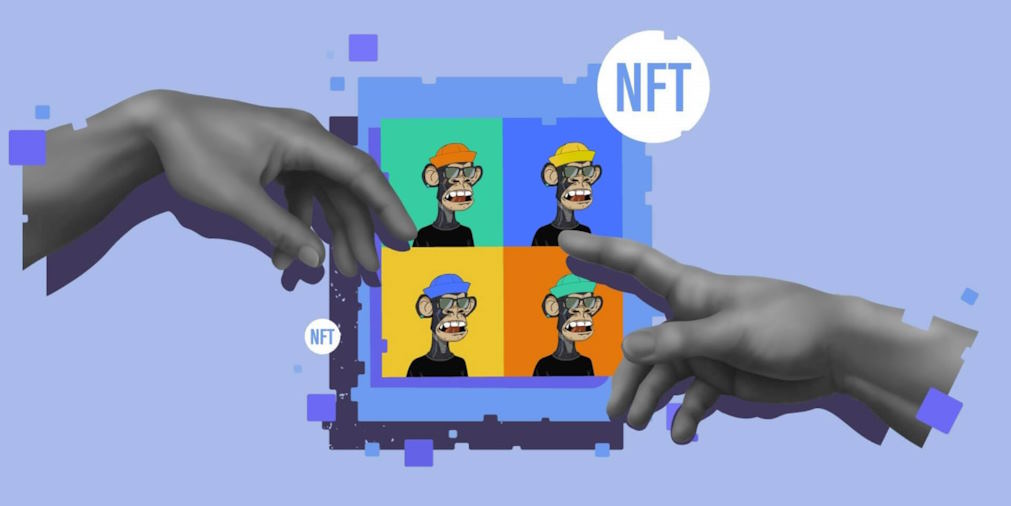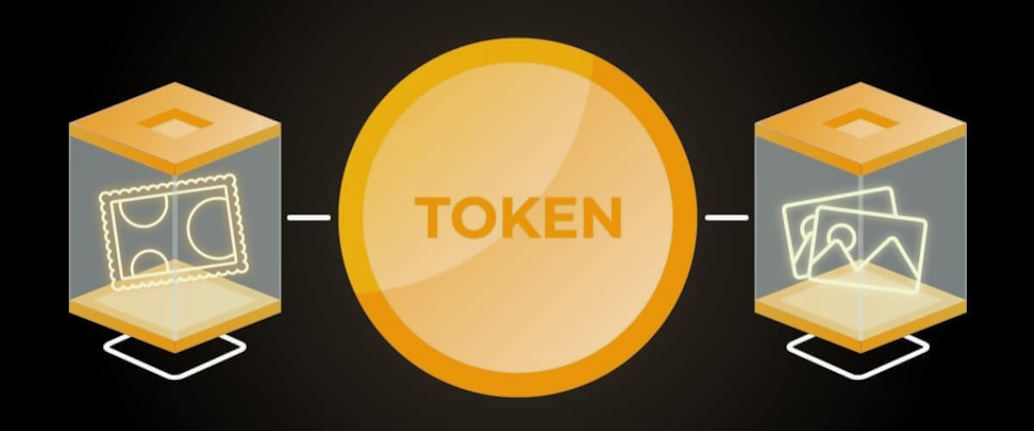Blockchain technology has ushered in a new era of transparency and efficiency in art. This article explores success stories where blockchain-powered art transactions have transformed the art market and achieved remarkable value for artists and collectors.
“Everyday: The First 5000 Days” by Beeple
In March 2021, digital artist Mike Winkelmann, known as Beeple, made history by selling his artwork “Everyday: The First 5000 Days” as a Non-Fungible Token (NFT) for $69.3 million at a Christie’s auction. The use of blockchain technology to represent ownership and provenance of this digital art piece played a pivotal role in establishing its value. This sale highlighted the growing demand for digital art and the importance of NFTs in the art world.
“Crossroads” by Banksy
Banksy, the enigmatic street artist, turned to blockchain technology to auction his artwork “Crossroads” as an NFT. The artwork depicted a reimagined courtroom scene where monkeys replaced humans. The NFT sale fetched approximately $12.9 million, attracting collectors who saw value in the digital ownership of an iconic piece of art. This sale underlined the potential for established artists to leverage blockchain to reach a global market and maximize returns.

Fractional Ownership of “Everyday: The First 5000 Days”
Beyond individual NFT sales, the fractional ownership of Beeple’s “Everyday: The First 5000 Days” demonstrates the versatility of blockchain in art transactions. Dividing the artwork into thousands of tokens allowed multiple investors to own shares in the artwork. This approach created a collective sense of ownership and democratized the art market, making it accessible to a broader audience.
“The First Ever Art Title Deed” by Kevin Abosch
Artist Kevin Abosch created a pioneering blockchain-based project titled “The First Ever Art Title Deed.” This project issued blockchain-based certificates of authenticity and ownership for art pieces, including his works. It aimed to redefine the relationship between artists and collectors by ensuring secure digital provenance. This initiative showcased how blockchain can establish trust and verify art ownership.



